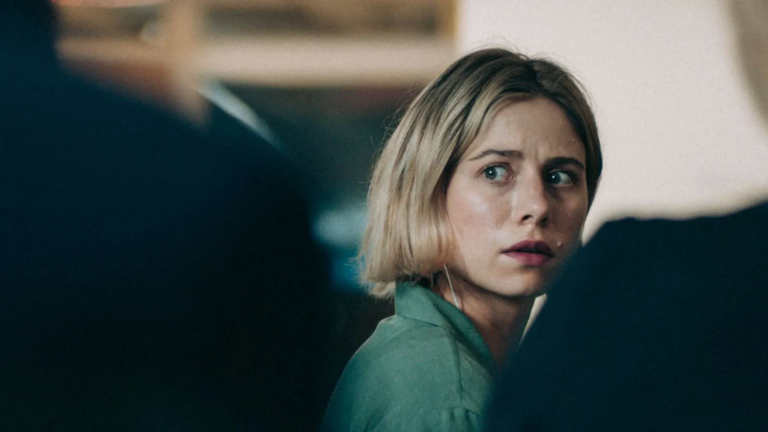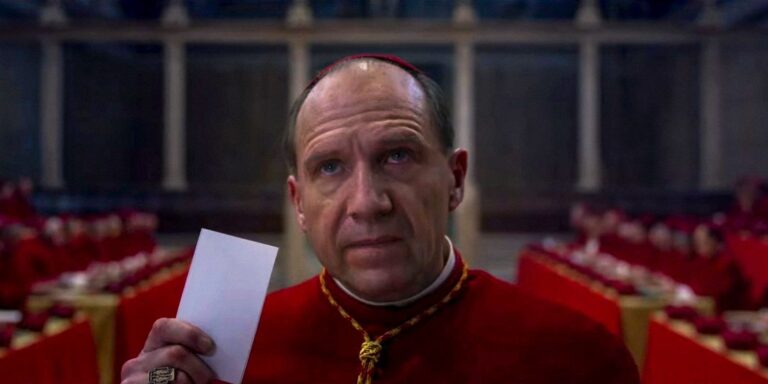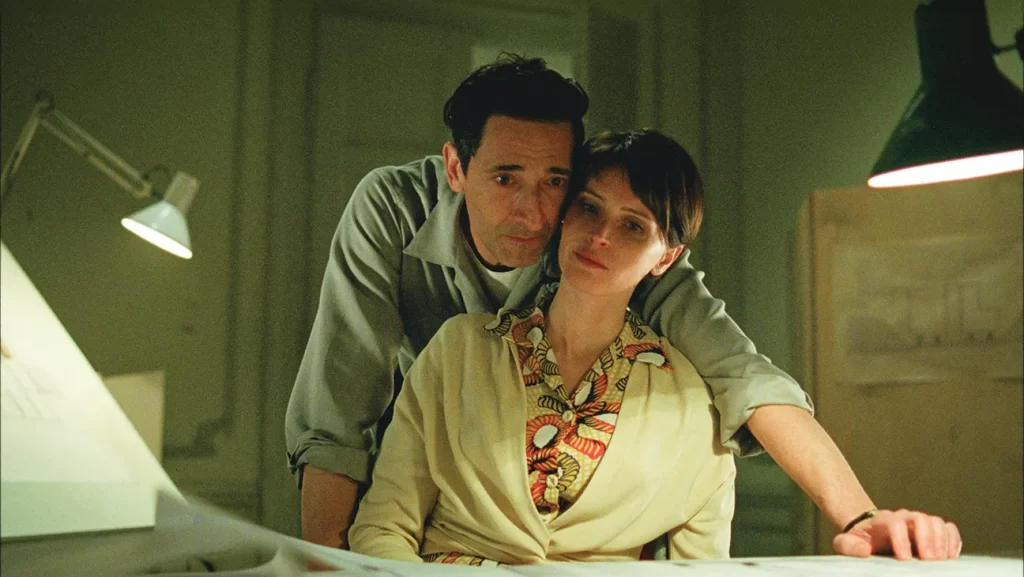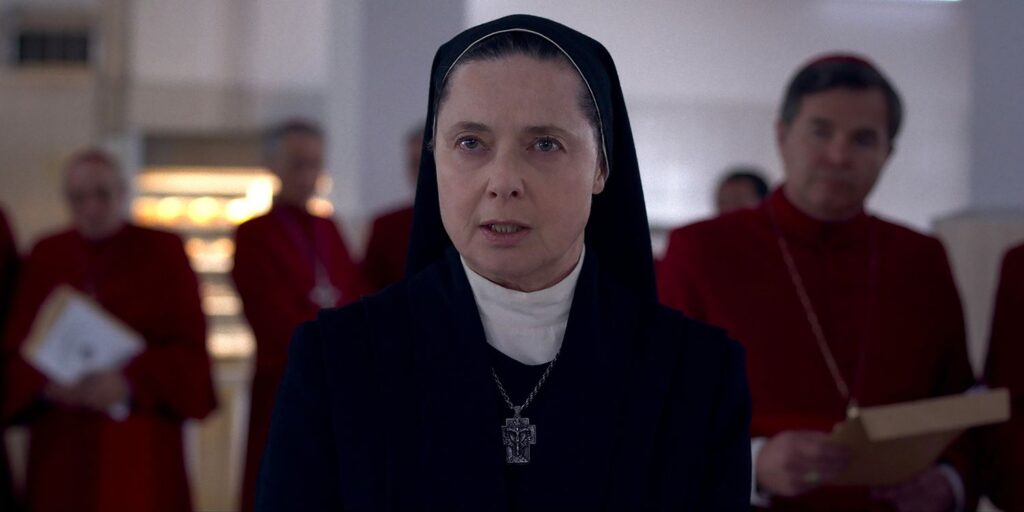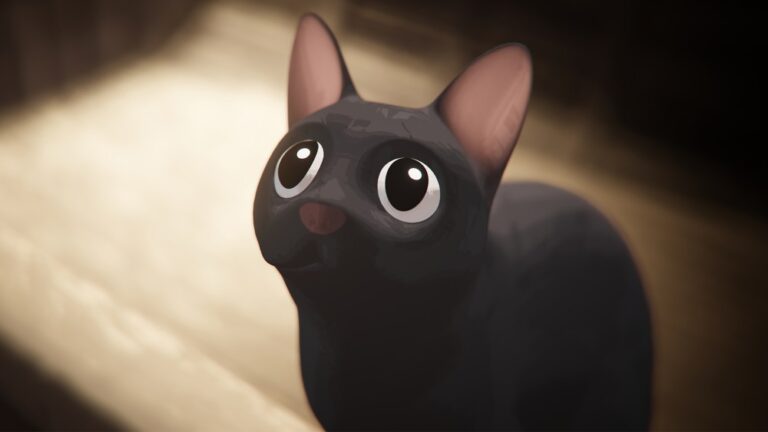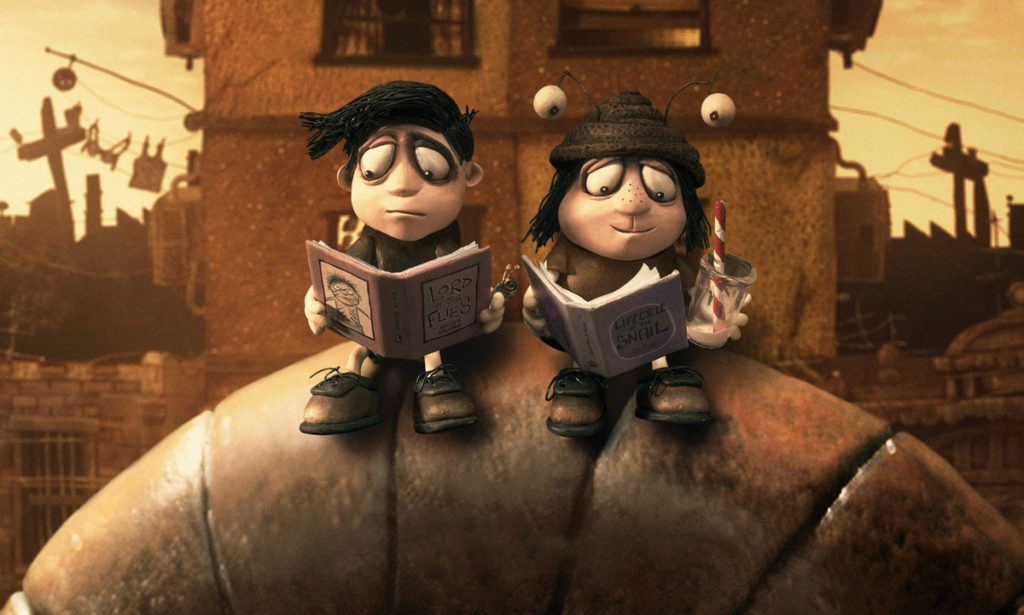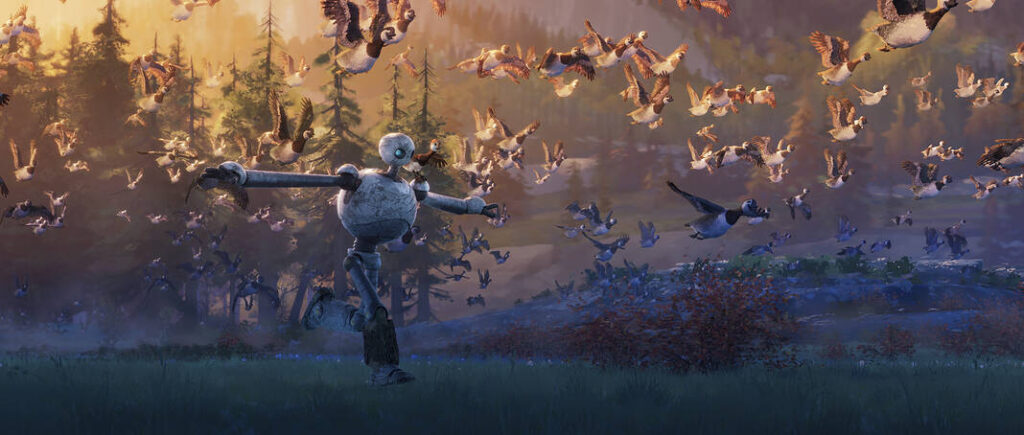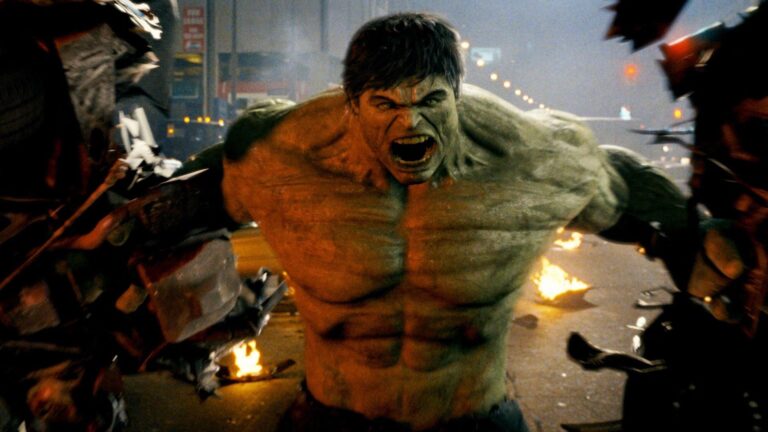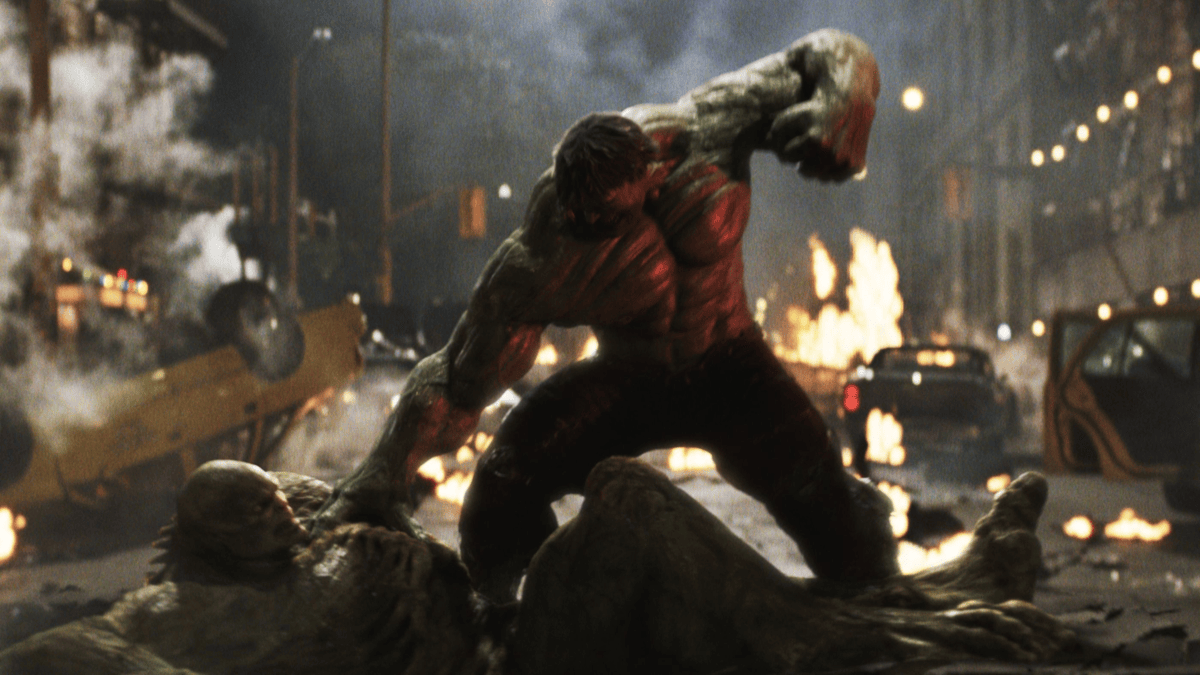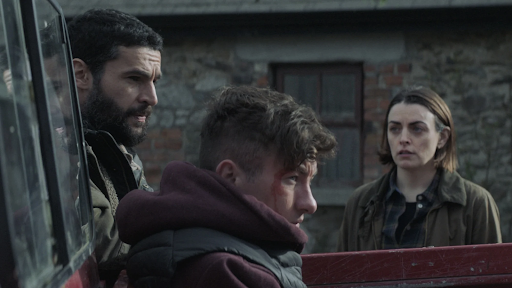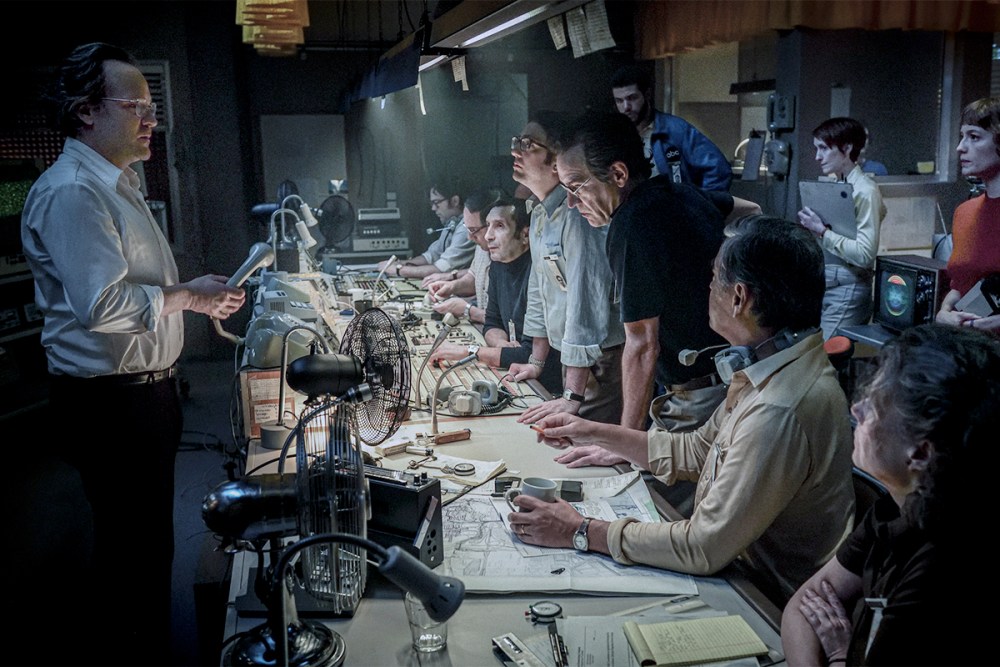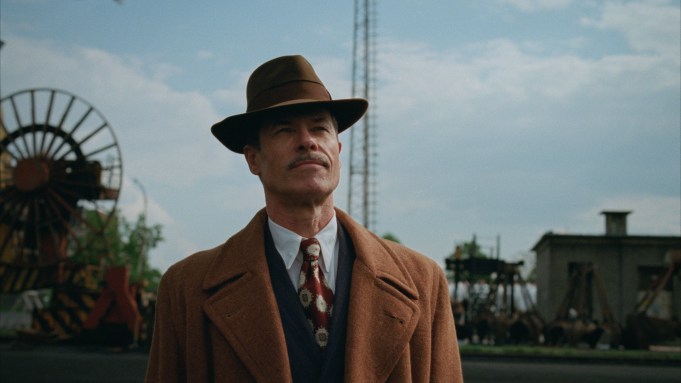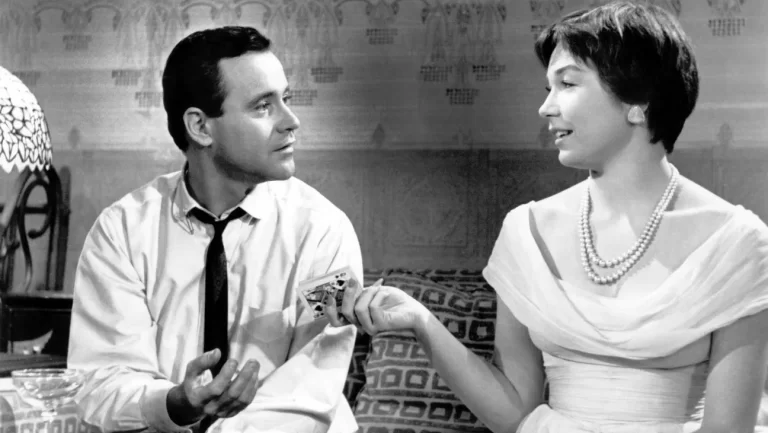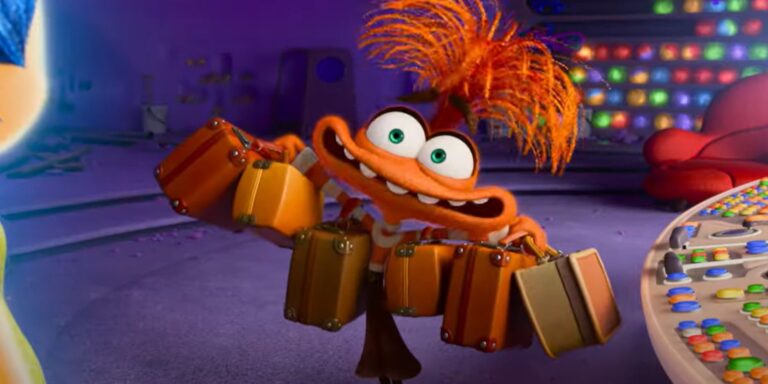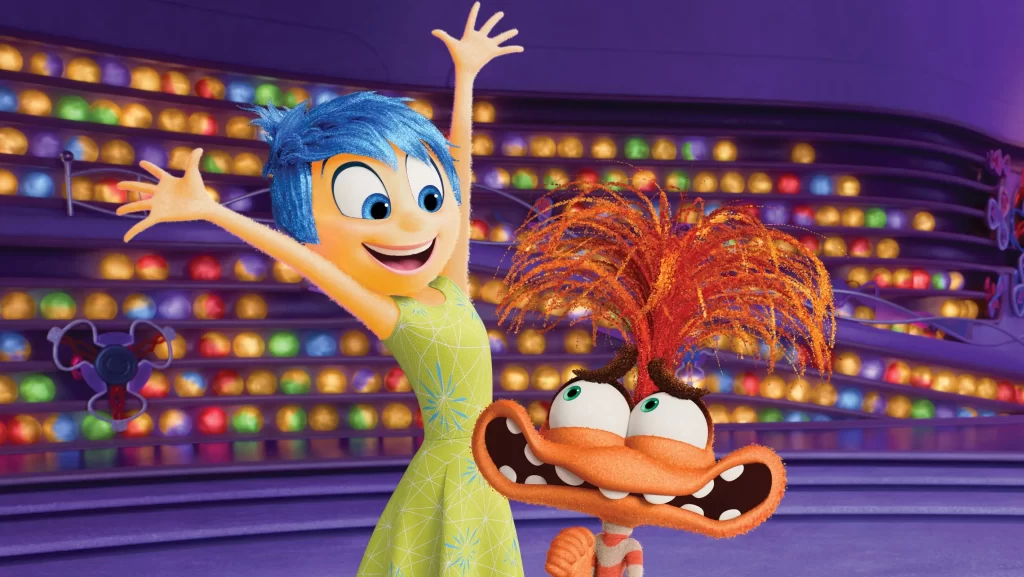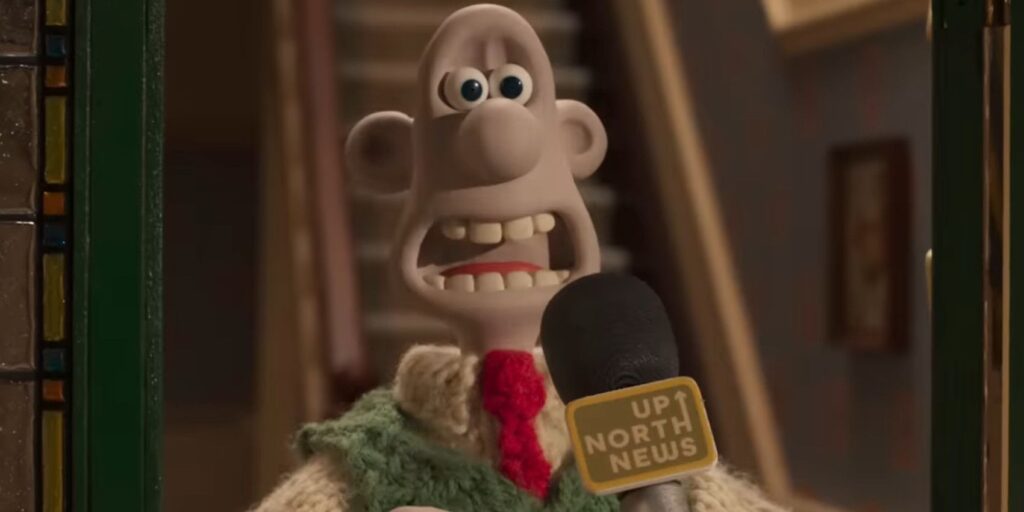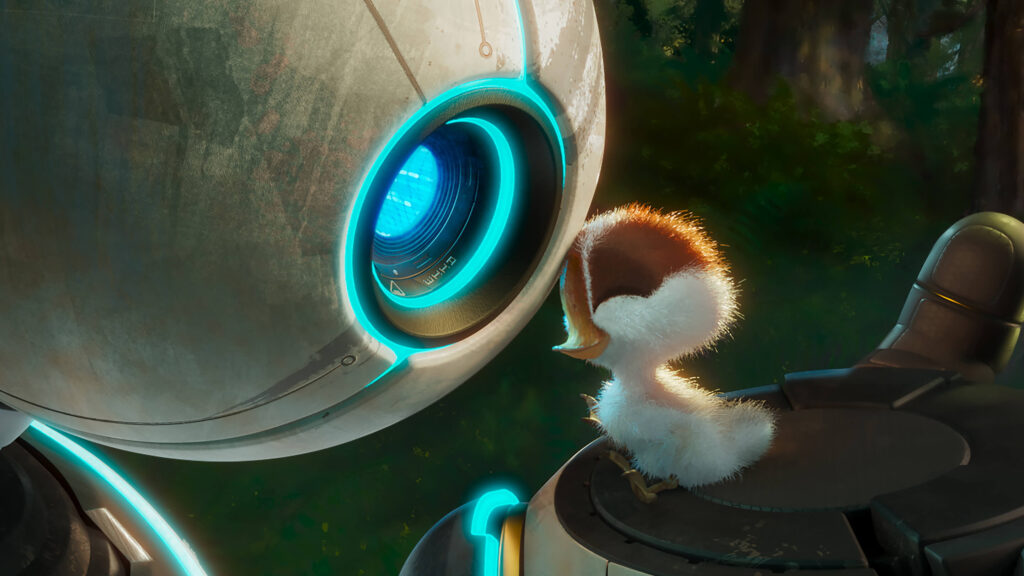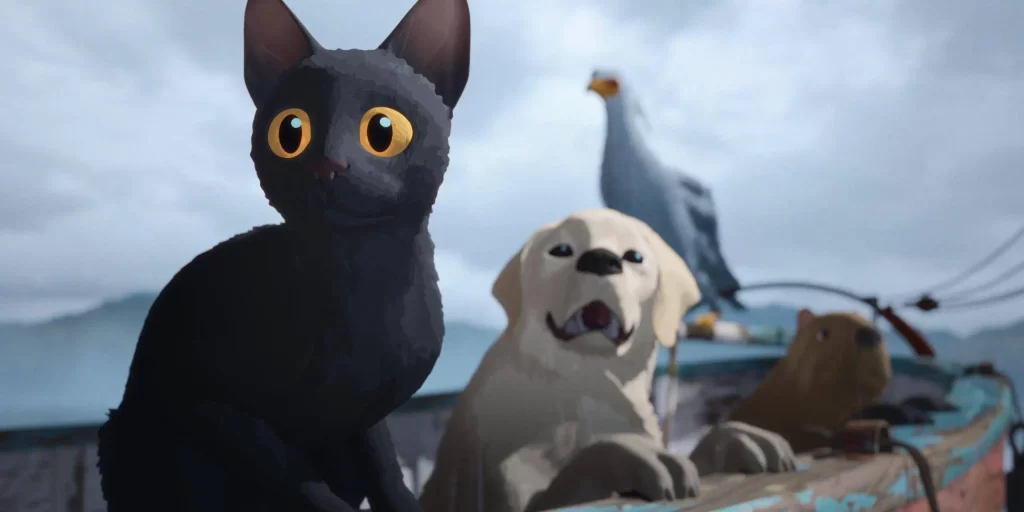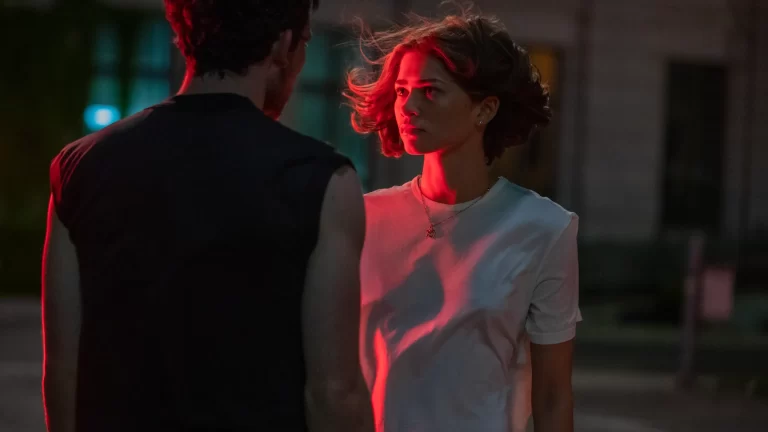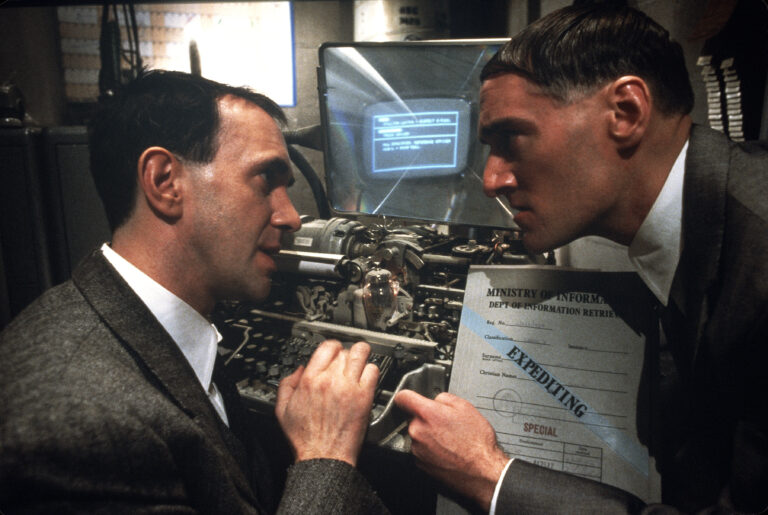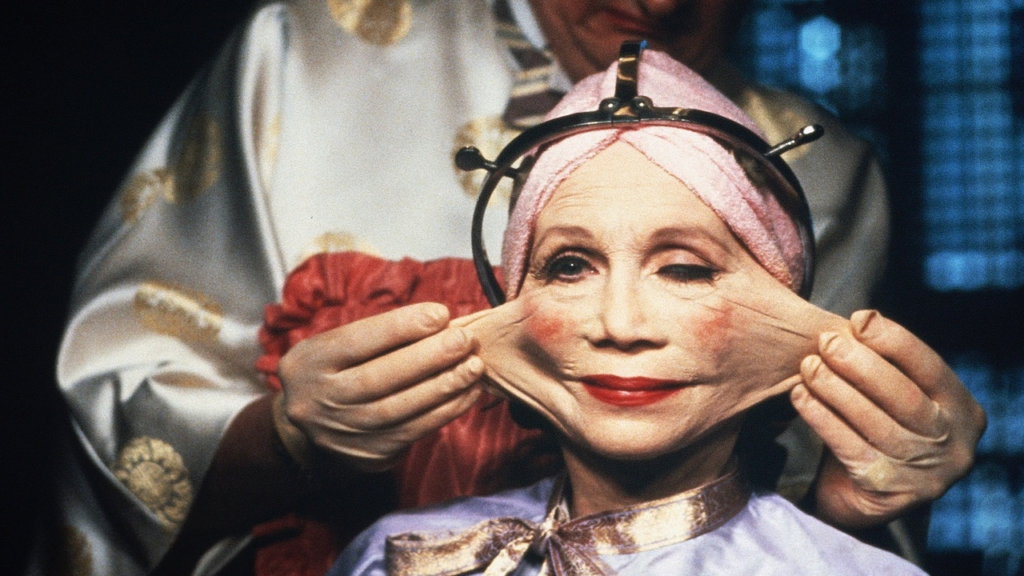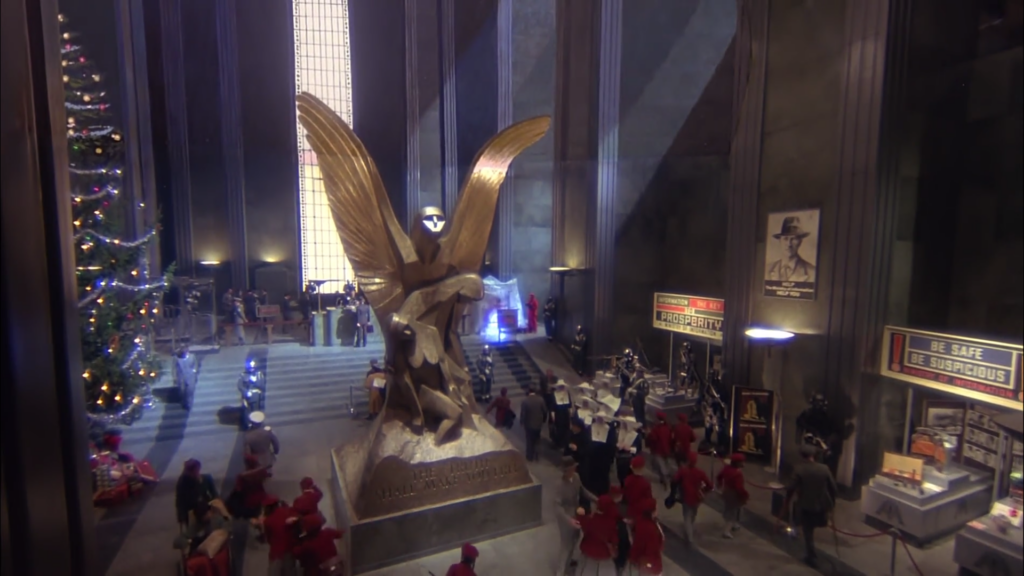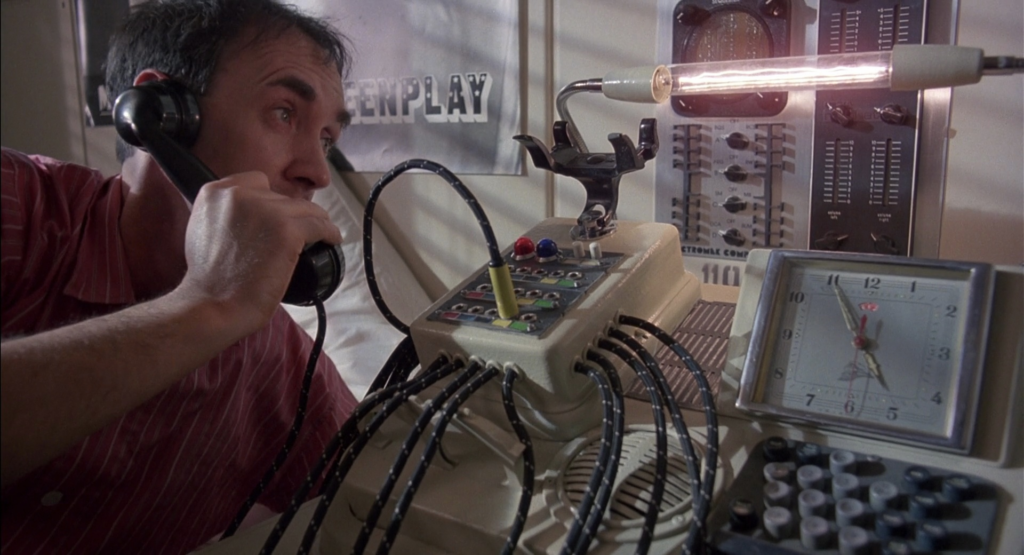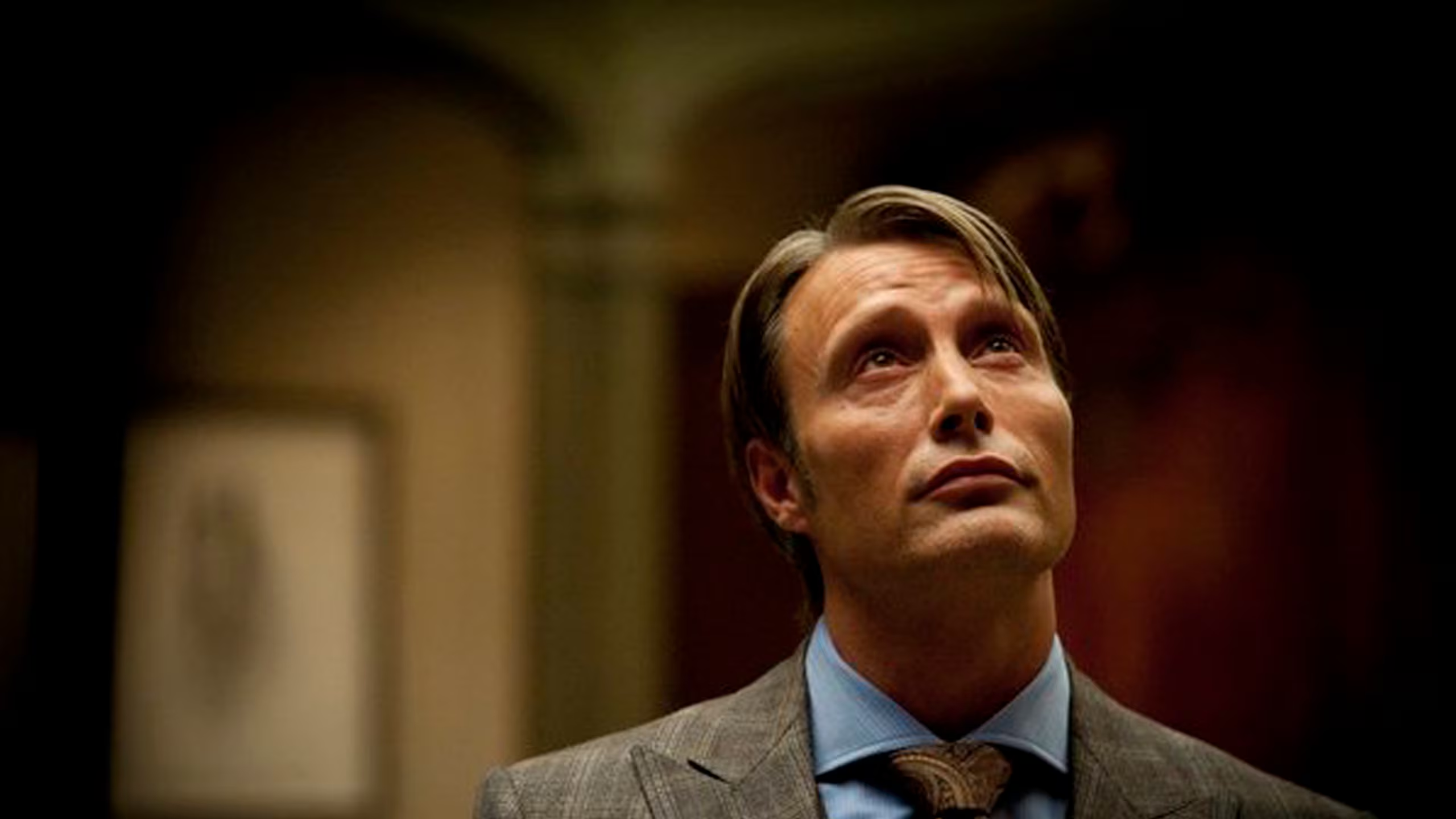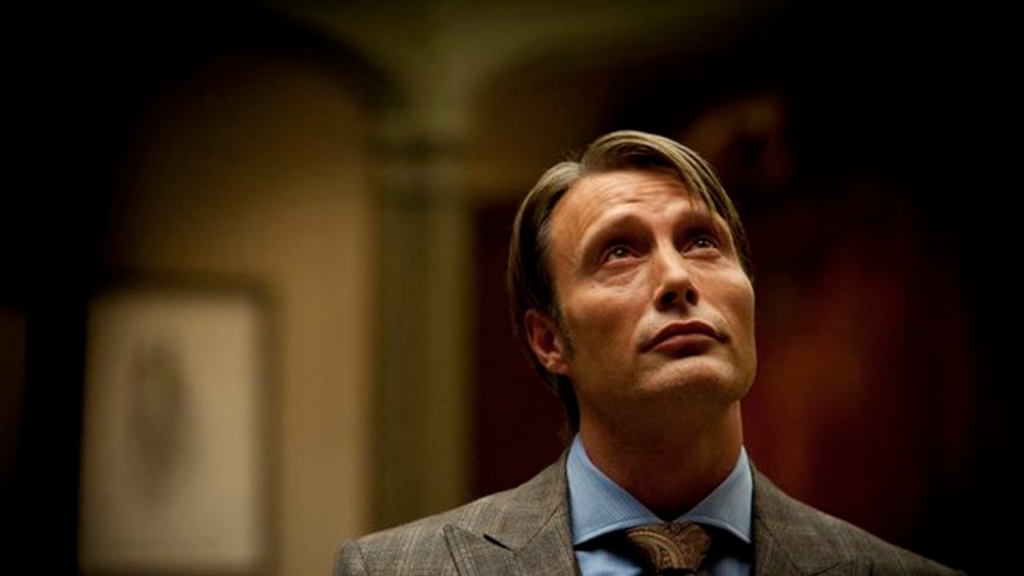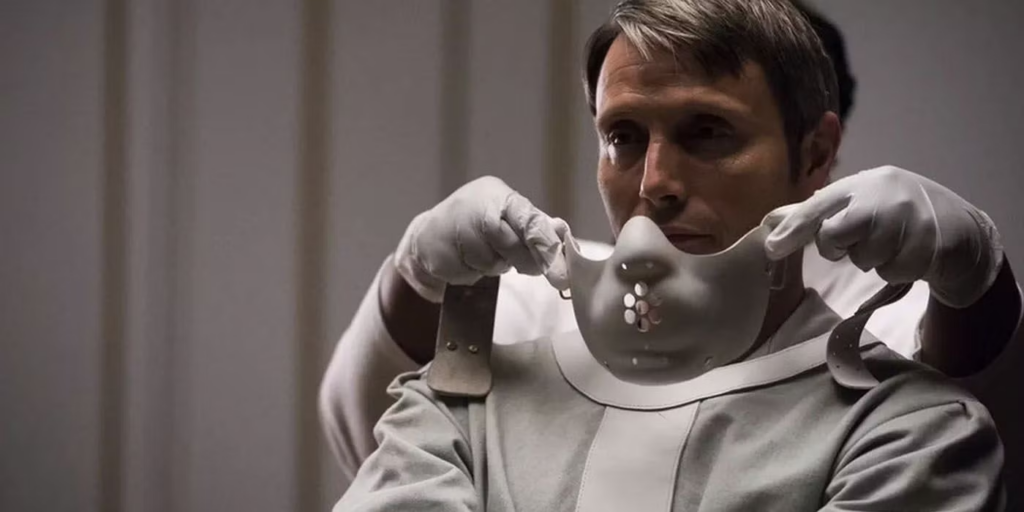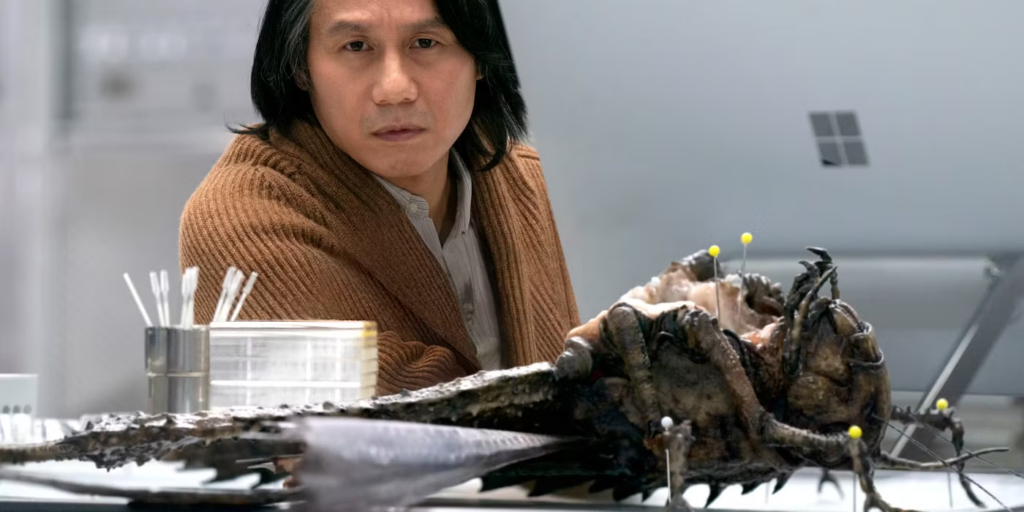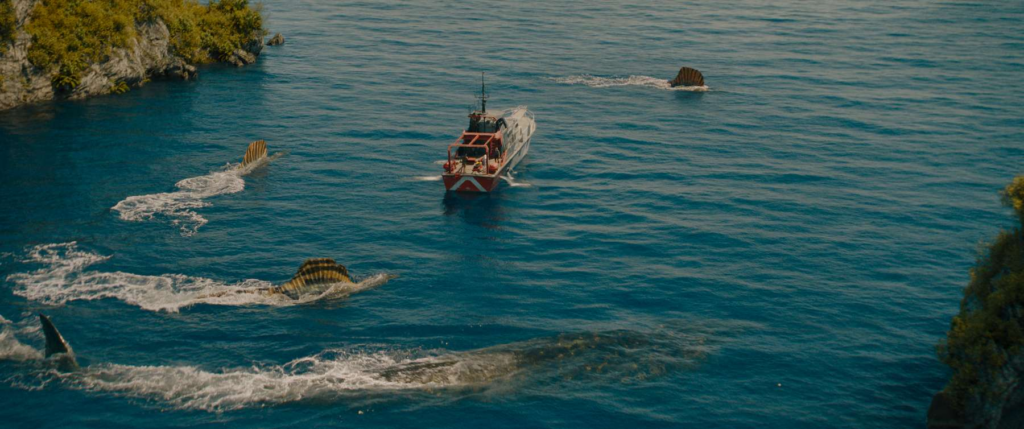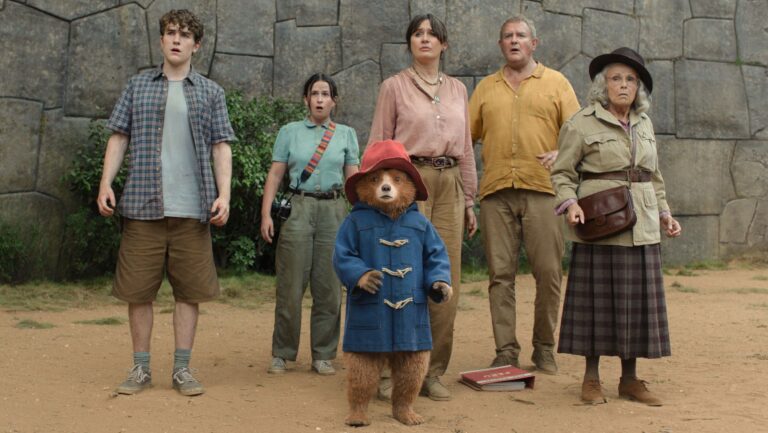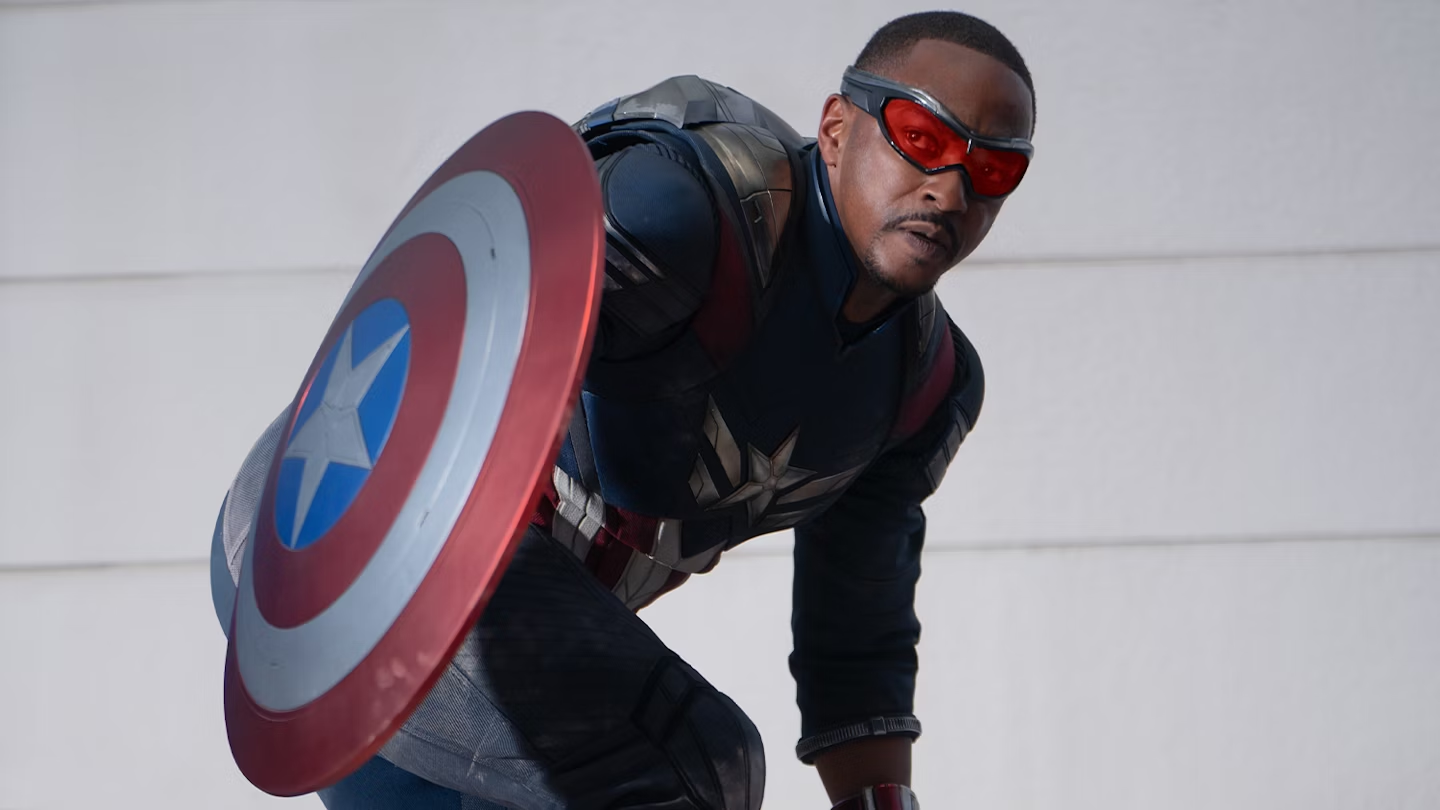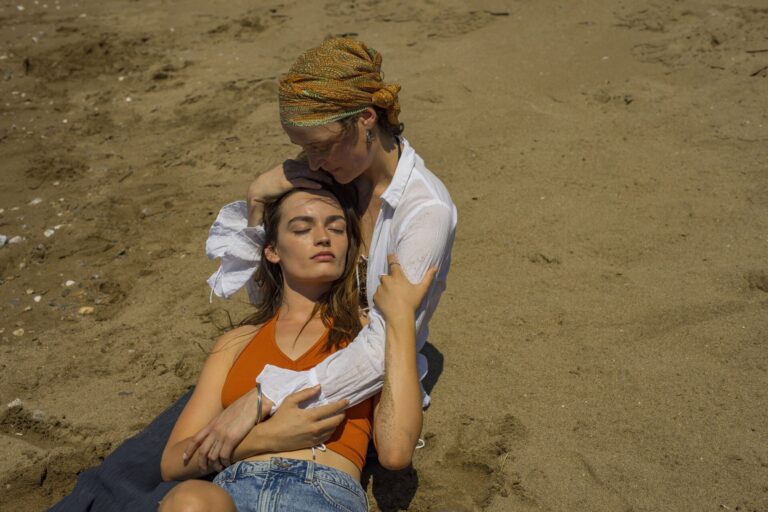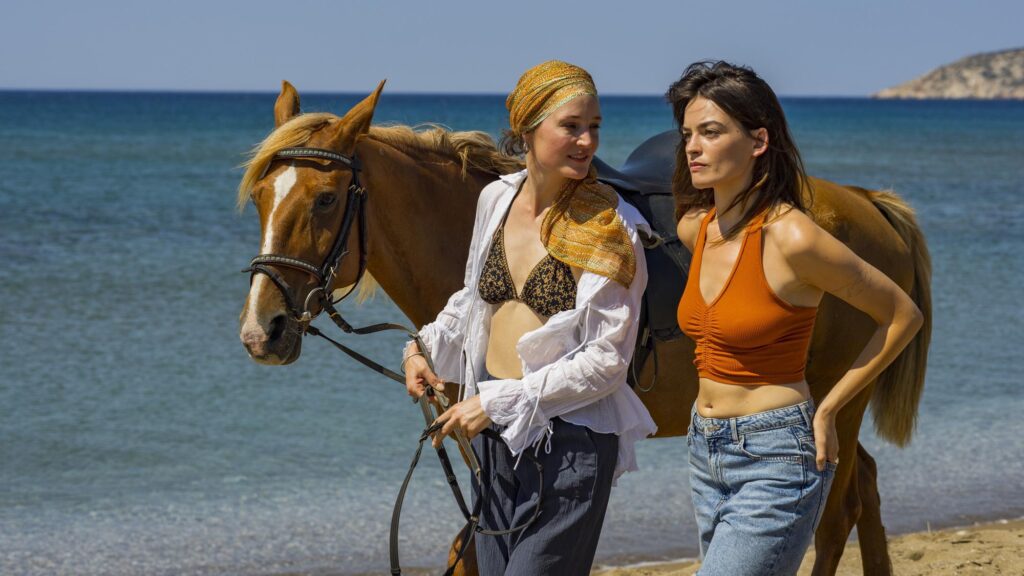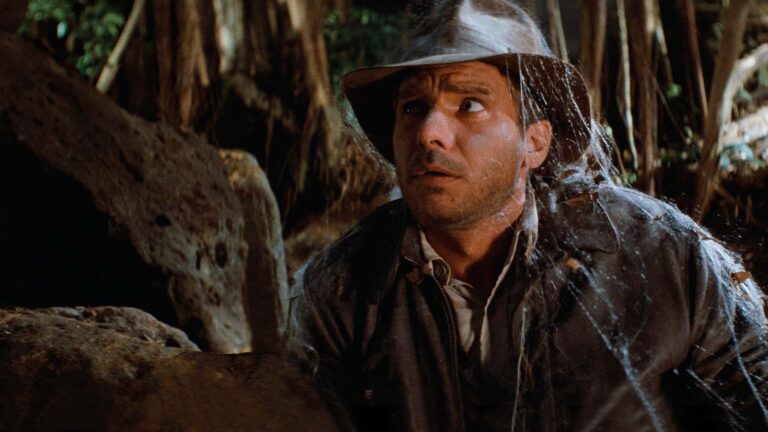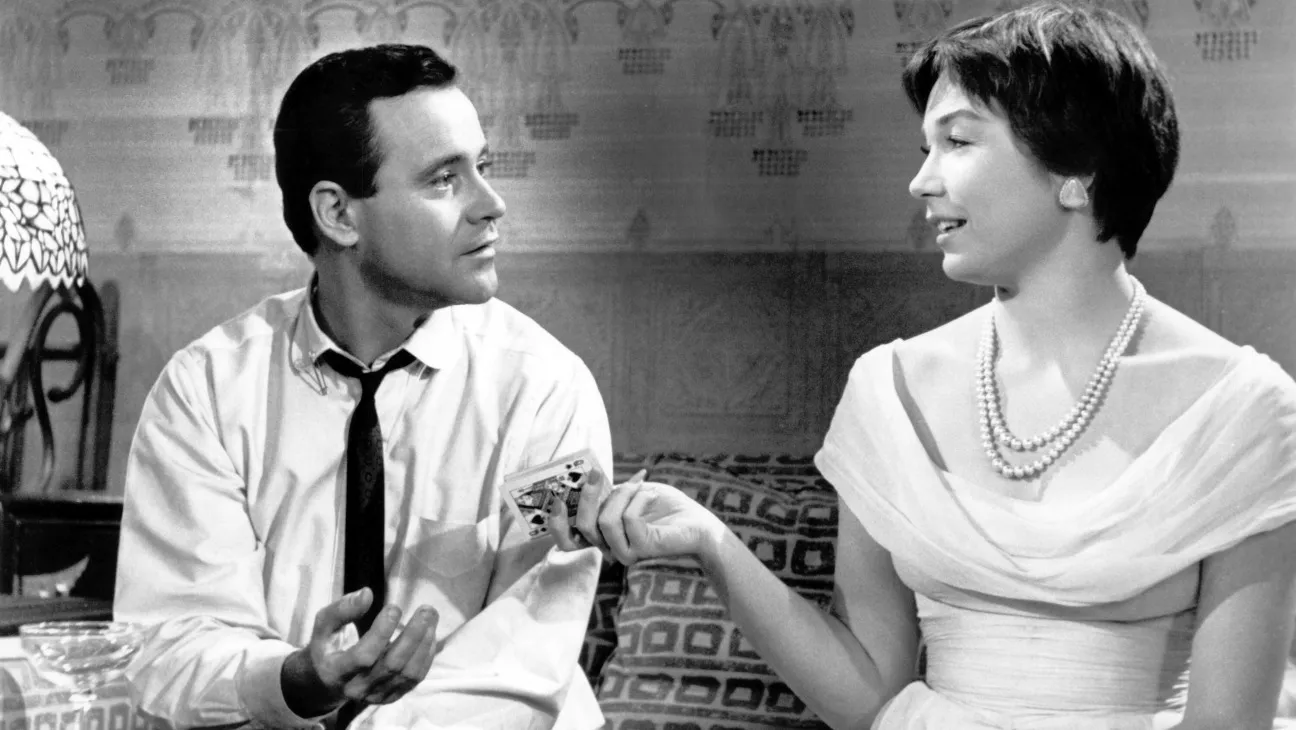Director: Osgood Perkins
Writer: Osgood Perkins, Stephen King
Stars: Theo James, Tatiana Maslany, Christian Convery
Synopsis: When twin brothers Bill and Hal find their father’s old monkey toy in the attic, a series of gruesome deaths start. The siblings decide to throw the toy away and move on with their lives, growing apart over the years.
2024’s Longlegs was a breakout film for writer/director Osgood (Oz) Perkins, who followed 2020’s Gretel & Hansel, a film praised for its visuals but lacking in storytelling, with one that built fear through the storytelling, crafting one of the most eerie and sinister films of last year. Quickly, the son of Anthony Perkins (Norman Bates in Alfred Hitchcock’s Psycho) was thrust into the horror spotlight and immediately followed the success of Longlegs with two horror films releasing this year. Keeper will come out later in the calendar, but not until after The Monkey, a movie based on a (approximately) 30-page short story from horror icon Stephen King.

The Monkey begins with Petey Shelburn (Adam Scott) attempting to return a sinister toy monkey to an antique shop. He informs the shop owner that the monkey is evil and that someone will die when his mechanical arm strikes the drum. Soon after, the drum hits, and the shop owner dies. Petey then attempts to destroy the monkey, but when that fails, he leaves his family, leaving behind the killer monkey for his sons Hal and Bill (Christian Convery in double roles). Once they discover the monkey, they turn the key, watching as he begins to drum away, and later that night, their babysitter (Dinica Dreyer) is killed in a freak accident at a hibachi grill. Even though Hal and Bill are twins, they have never been close, and after Hal turns the key, trying to kill Bill only for his mom to die instead, the boys are sent off to live with their Aunt Ida (Sarah Levy) and Uncle Chip (Osgood Perkins) in Maine.
From the opening scene, it is evident that The Monkey has a vastly different vibe than Longlegs. The latter is more sinister and works by providing a growing sense of dread rather than opting for cheap scares—which is one of the reasons it was so effective in creating horror. However, the former aligns more with films like Cabin in the Woods, a horror comedy that evokes just as many laughs as screams. The deaths are ridiculous, opting for shock over realism and, in doing so, brings excitement to the film that allows the viewer to remain engaged. The filmmaking is more playful, and while some of Stephen King’s works need a darker tone, Perkins captures the correct feeling this movie needs. From the first death, he shows the audience that anything is possible, and the film’s first half does an excellent job of setting up exactly what kind of movie this is.
Transitioning into the second half, twenty-five years after Hal and Bill throw the monkey down a well in hopes that no one will find it or turn its key, Hal (now Theo James) follows in his father’s footsteps. He has distanced himself from everyone he knew and loved, including his teenage son Petey (Colin O’Brien), who lives with his mom (Laura Mennell) and step-father and leading expert in all things dad, Ted (Elijah Wood). He works at a grocery store and doesn’t talk to Bill (now also Theo James) or his Aunt Ida. He only gets to see Petey one day a year (a decision he made), but when his wife informs him that Ted will be adopting Petey, she gives him one last week to see his son. When another “freak accident” death occurs, a week where they were supposed to go to a Halloween theme park turns into Hal and his son having to visit the home he grew up in and reconnect with his brother Bill to make sure that the monkey that likes killing his family hasn’t returned.
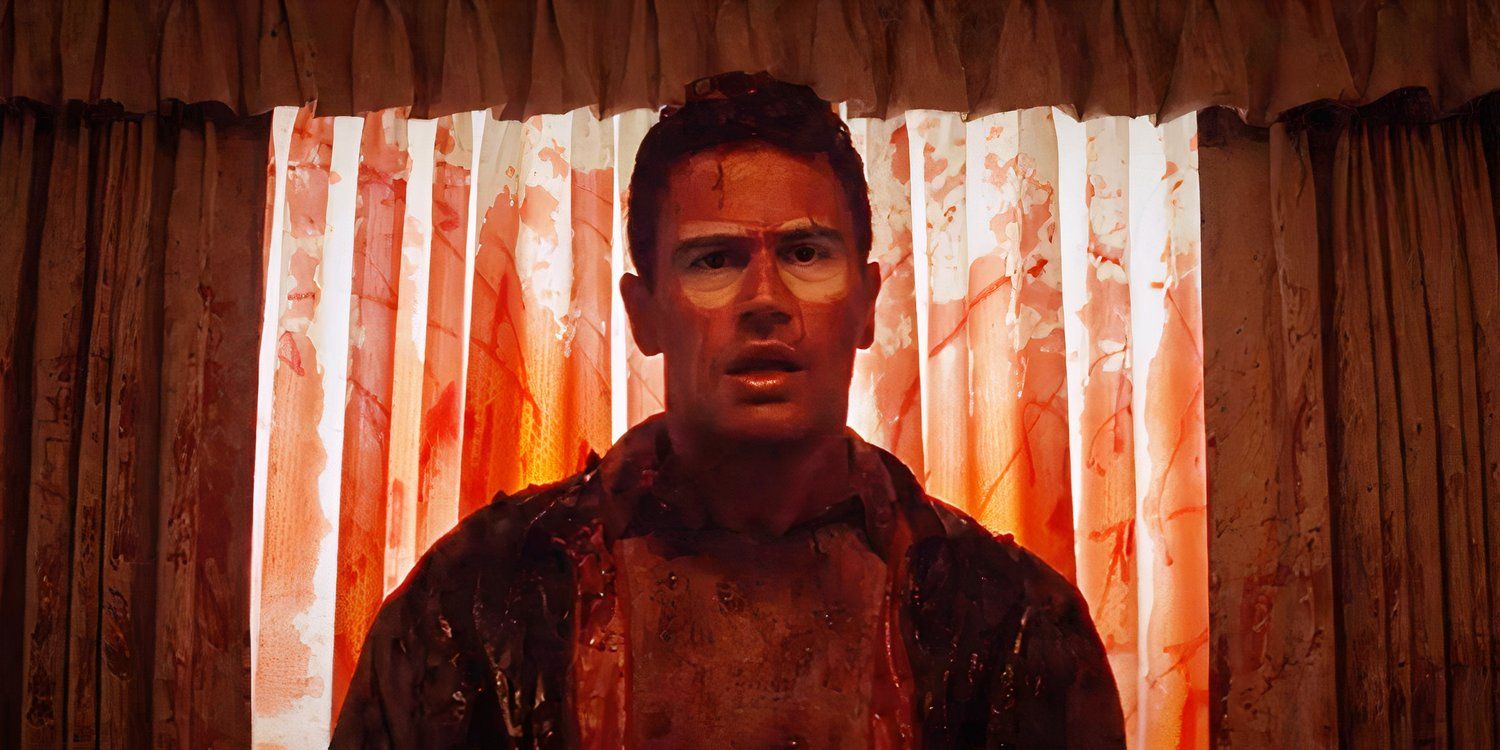
The second half begins with a death that is easily the most brutal of the film and shows Perkins ramping up the visual spectacle to an eleven. The deaths progressively become more outlandish and humorous as Perkins leans heavily into camp aesthetics, prioritizing style over substance. As funny as The Monkey is, that doesn’t mean it lacks the scares. Perkins evokes intense feelings of dread and panic alongside the goofiness, creating a visual language that speaks for itself efficiently. The end of this film does a decent job of tying some of the integral themes together while also provoking some questions that will take multiple watches to answer. Still, this movie is fun entertainment at the end of the day; Perkins’ ability to transition from Longlegs sinister tone to The Monkey’s campy one highlights his strength as a modern horror director.
Having only around 30 pages to go off of, Osgood Perkins had to do quite a bit of heavy lifting regarding the story of this film; while the batsh*t deaths are more than worth the price of admission, it can’t help but seem like there was a whole other film left on the chopping block. Perkins’ script approaches ideas such as generational trauma and the acceptance of death as a part of life seamlessly, even including a line that states the titular monkey kills people randomly and without remorse, like life (a phrase that is put front and center on the box the monkey arrives in). At the very least, there could have been more exploration of the inevitability and randomness of death. Still, instead of making the film a little longer and delving into one or more of these topics in any real sense, he opted for campy kills and gore to carry the movie. It’s not my place to say if this was the right or wrong move, but it caused The Monkey to feel, at times, more like a Halloween theme park ride than a film with any real depth.
I don’t mean this as a knock against The Monkey, either; Osgood Perkins would likely say the same thing. Even a bulk of the marketing focused on the severity of these outlandish deaths. Instead, I tell you what you’re getting into: a 98-minute Final Destination-style movie with far more humor. Theo James commits to his double role, and the deaths are increasingly campy, but there isn’t much more to it; however, Perkins displays a trait few directors seem to know or at least will engage with: remembering that making movies is fun and sometimes movies should be fun – they are still entertainment. Even if The Monkey won’t be one of the scariest films of the year, it definitely will make a case for being one of the more entertaining ones; a film I could see being a Halloween watch-party staple.




